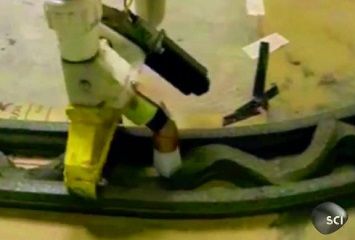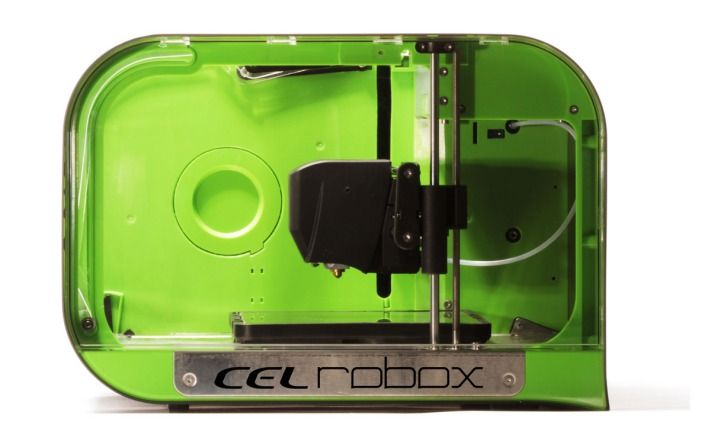The printer will be available to the public in early 2014 for about $1,400. CEL CEO Chris Elsworthy said the machine could someday be used to 3D scan an object or ice a cake.
In 1999, my elementary school got every single kid to love computer class with a single move: It replaced a fleet of Macintosh Classic IIs with iMac G3s. The candy-colored shells, bright graphics and whimsical shape made it feel like you were spending time with some hip, space-age machine. Computing was so in that year.
The G3 bas been discontinued for a decade, but it is still an icon of the optimism of the computing industry in the 1990s. 3D printers are going through a similar phase right now, as machine after machine hits the market. While they haven’t quite hit the ease-of-use of a 1990s era computer, they’re certainly getting there.
The Robox, a $1,400 3D printer that completed a fundraising campaign on Kickstarter today after raising more than $450,000, is the G3 of the 3D printing world. It comes in bright green or blue and has bold curves. From the side, it kind of looks like an iMessage bubble. It’s a beautiful machine that comes with a claim that’s very common these days: “accessible to all.”
Read more


